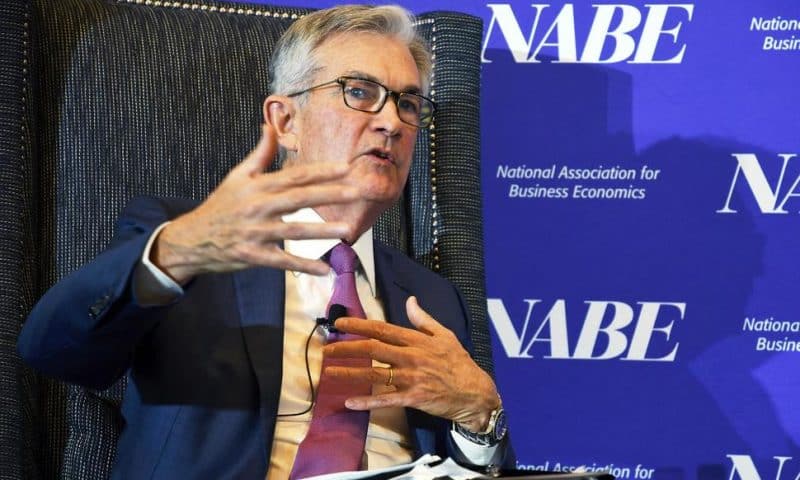Fed Chairman Powell faces tough question: What’s wrong with low US inflation?.
WASHINGTON — When out shopping, most Americans like lower prices. But the Federal Reserve sees things a little differently.
On Wednesday, Fed Chairman Jerome Powell instead said that low inflation can create problems for the U.S. economy, calling it one of the “longer-term challenges” facing the United States.
In a speech in Kansas City, Missouri, Powell also acknowledged that such a view might be confounding to many Americans: “You may be asking, ‘What’s wrong with low inflation and low interest rates?'” he said.
The question highlights a problem for the Fed: It is struggling to get inflation closer to its 2% target, but also has to explain to the public why it wants to push inflation higher. Fed policymakers are also divided over how important it is to accelerate price gains, given that inflation is currently at 1.8%, according to the Fed’s preferred measure, not far from its objective.
The Fed targets 2% inflation as a cushion against deflation, a destabilizing fall in prices and wages that can cause a recession.
Esther George, president of the Kansas City Fed, voted against the Fed’s cut in short-term interest rates last month, which lowered its benchmark to a range between 1.75% and 2%. It was the second rate cut this year. She said earlier this week that she isn’t concerned by inflation that is just a few tenths of a percent below target.
“I hear few complaints about inflation being too low,” George said. “In fact, I am more likely to hear disbelief when I mention that inflation is as low as measured in a number of key sectors.”
Many American consumers, George said, see health care costs, rents and food prices rising and “don’t understand why the Fed would be concerned that inflation is too low.”
Businesses also feel they are facing higher costs, George added, mostly in the form of higher wages and salaries, narrowing their profit margins.
Powell and many other Fed officials, however, worry that low inflation makes it harder to raise interest rates, which then gives the Fed much less room to maneuver when the economy slows.
On Tuesday, Powell said at an economics conference in Denver that the Fed wants to avoid the same disinflation trends that are occurring in Japan and Europe.
Consumer prices rose just 0.2% in Japan in August from a year earlier, according to data provider FactSet, and only 0.9% in September compared with a year ago in the nations that use the euro currency.
Powell said he wants inflation centered at 2% to keep Americans from expecting inflation to fall even lower. Inflation expectations can be self-fulfilling: If companies expect slower price gains, for example, they may offer smaller raises.
In Japan and Europe, “You see inflation moving down, expectations move down … and it’s been very, very hard for economies to get off that road once they’re on it,” Powell said on Tuesday. “We don’t want to get on that road.”
Still, it has been difficult explaining these concerns to the general public, Powell said.
They “don’t really care whether inflation is 1.7% or 2%,” he said.

